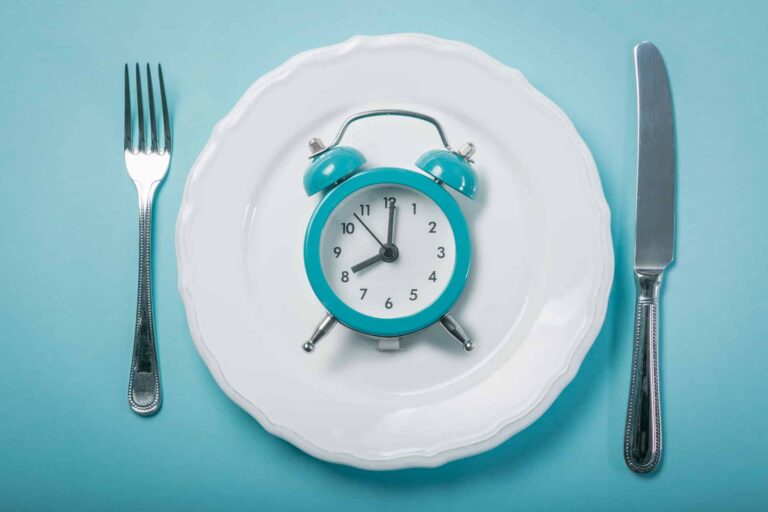Losing inches in a month is a common goal for many people looking to shape up or get fit. However, it’s important to have realistic expectations when setting this goal. If you’re wondering how many inches you can realistically lose in a month, you’ve come to the right place! We’ll discuss healthy, sustainable ways to reduce inches and what you can expect to see after four weeks of effort.
How Much Weight Can You Lose in a Month?
Before diving into inches, let’s start with weight. Many people think losing weight means losing inches, but it’s not always that simple. On average, healthy weight loss is about 1-2 pounds per week, which equals 4-8 pounds in a month. While this may sound slow, it’s a safe and sustainable rate that helps maintain muscle and overall health.
Keyword used: If your goal is “realistic inches lost in a month,” the focus should not only be on losing weight but on improving your body composition, which includes muscle mass and fat loss.
What Influences Inches Lost?
Several factors impact how many inches you can realistically lose in a month. Everyone is different, so results can vary. Here are some key factors that affect your progress:
- Starting Point
If you’re starting with a higher body fat percentage, you might see more inches lost initially because there’s more fat to shed. Someone who is already lean will experience slower changes. - Exercise Routine
Exercise, particularly strength training and cardio, plays a significant role in losing inches. Strength training helps tone muscles, while cardio aids in burning fat. The combination of both will lead to noticeable results. - Diet
What you eat greatly affects your progress. A balanced diet with proper portions, plenty of protein, healthy fats, and carbs can help your body burn fat efficiently. Cutting out processed food and reducing sugar intake also speeds up inch loss. - Hydration
Drinking enough water flushes out toxins and keeps your body functioning optimally. Sometimes, bloating can make you feel bigger, and hydration helps reduce this issue. - Sleep and Stress
Many people forget how important sleep and stress levels are for weight loss and inch reduction. Lack of sleep and high stress increase cortisol, which can lead to fat retention, especially around the belly.
Realistic Inches Lost in a Month: A Safe Estimate
On average, losing about 1-2 inches in a month is realistic and healthy for most people. This might not sound like a lot, but when combined with consistent effort, you will start to see noticeable changes in your clothing and how your body feels.
For someone new to a fitness plan, it’s possible to lose up to 3 inches, especially from areas like the waist or thighs. However, it’s important to note that drastic inch loss isn’t always sustainable or healthy in the long run.
Keyword usage: When considering “realistic inches lost in a month,” aim for a steady reduction of 1-2 inches instead of expecting dramatic changes in a short period. This approach ensures you’re losing fat and not muscle or water weight.
Spot Reduction: Myth or Reality?
Many people wish they could lose inches from specific areas like the belly, thighs, or arms. However, the idea of spot reduction, or losing fat from one specific area, is a myth. When you lose weight, your body burns fat overall, and you can’t control where it comes off first.
That said, you can tone specific areas through targeted exercises. For example, strength training can build muscle in your arms, legs, or abs, making them look more defined as you lose fat.
Inches vs. Pounds: Why Inches Matter More
Sometimes, the number on the scale can be misleading. You might not lose much weight but still lose inches and fit better in your clothes. This is because muscle takes up less space than fat. When you gain muscle and lose fat, you’ll see inches drop even if the scale doesn’t change much.
Focusing on inches lost, rather than just weight, gives a clearer picture of your progress, especially if you’re doing strength training.
How to Measure Inches Lost Accurately
Measuring inches lost is simple and can be more rewarding than relying on the scale. Here’s how to do it accurately:
- Use a Tape Measure
A soft measuring tape works best. Measure around key areas like your waist, hips, thighs, arms, and chest. - Track Weekly
Measure the same areas once a week. Don’t do it daily as fluctuations in water weight and bloating can affect the results. - Be Consistent
Always measure at the same time of day, preferably in the morning before eating or drinking anything. This ensures consistency.
Exercises for Inch Loss
There are many effective exercises you can incorporate into your routine to help lose inches. Here are a few to consider:
- Cardio Workouts
Activities like running, cycling, swimming, and walking can help burn calories and fat, which leads to inch loss. - Strength Training
Lifting weights or doing bodyweight exercises like squats, lunges, and push-ups help build muscle. Muscle burns more calories at rest than fat, so the more muscle you have, the easier it is to lose inches. - Core Exercises
While you can’t spot reduce fat, core exercises like planks, crunches, and leg raises can tone your midsection. As you lose fat, your waist will start to slim down. - Yoga or Pilates
These workouts focus on flexibility and strength and can help with toning muscles. They’re also great for reducing stress, which can impact your ability to lose inches.
Diet Tips to Help Lose Inches
What you eat is just as important as exercise. Here are some diet tips to help you reach your goal:
- Eat Protein-Rich Foods
Protein helps build muscle and keeps you full, reducing the temptation to overeat. Include lean meats, fish, eggs, and plant-based proteins in your diet. - Watch Portion Sizes
Even healthy foods can lead to weight gain if you eat too much. Pay attention to portion sizes, especially with calorie-dense foods like nuts and oils. - Limit Sugar and Processed Foods
These foods can cause weight gain and bloating, making it harder to lose inches. Opt for whole foods like fruits, vegetables, whole grains, and lean proteins instead. - Drink Plenty of Water
Staying hydrated helps your body function properly and reduces bloating. Aim for at least 8 cups of water a day. - Don’t Skip Meals
Skipping meals can slow your metabolism, making it harder to lose weight and inches. Instead, eat balanced meals throughout the day to keep your metabolism running smoothly.
Conclusion: Patience Is Key
Losing inches takes time and consistency. While it might be tempting to look for quick fixes, sustainable progress is much healthier and more rewarding in the long run. By following a balanced diet, staying active, and measuring your progress accurately, you’ll reach your goals at a realistic pace.













